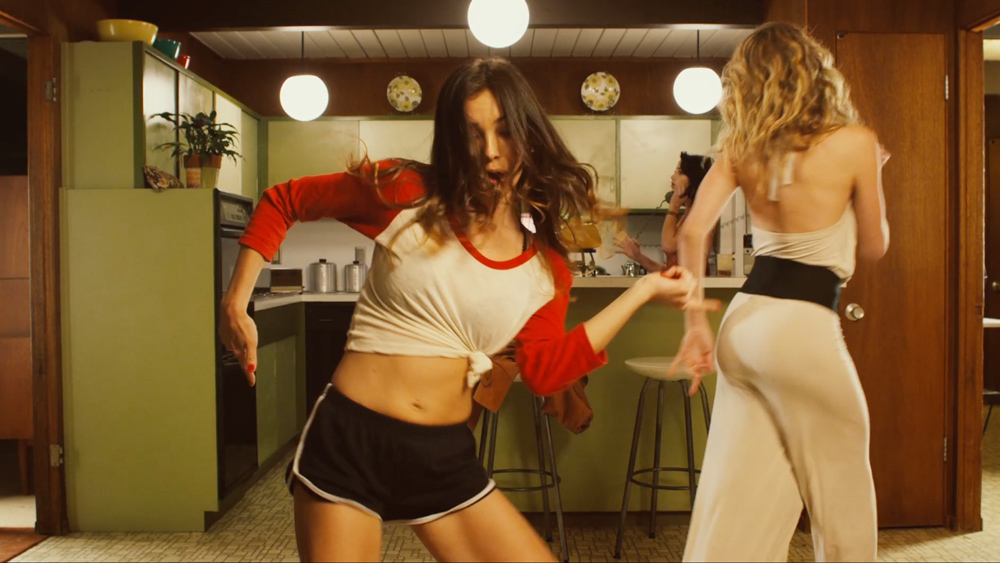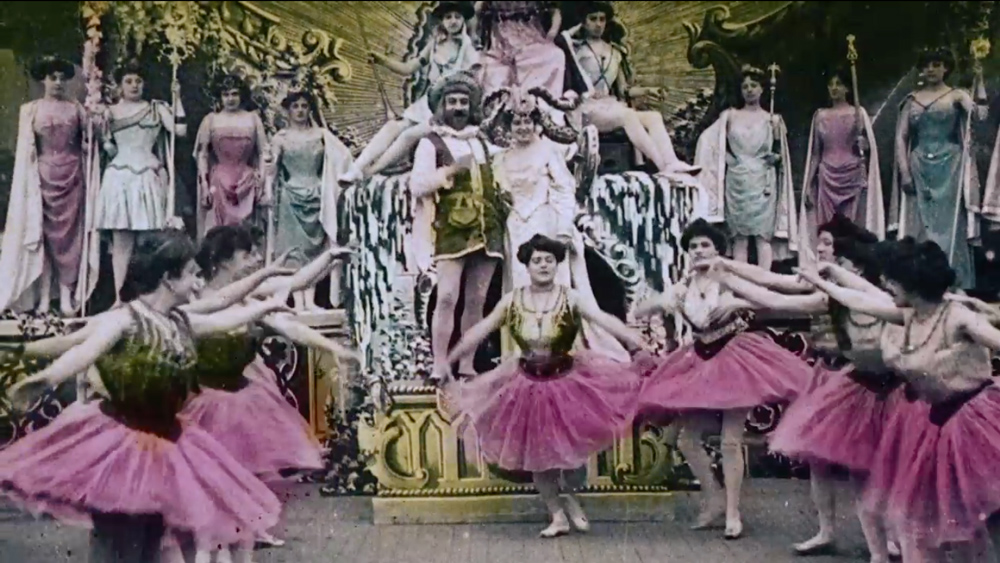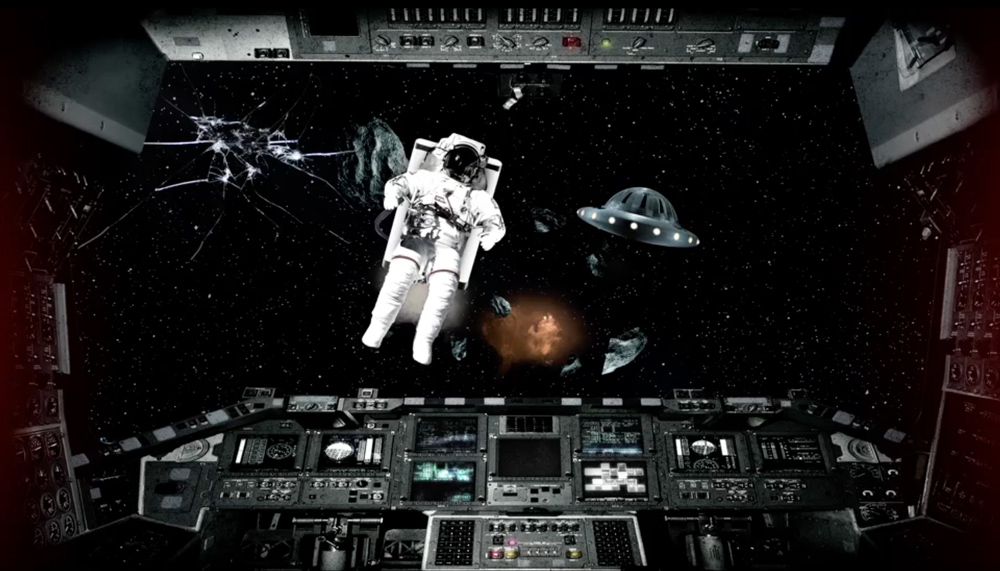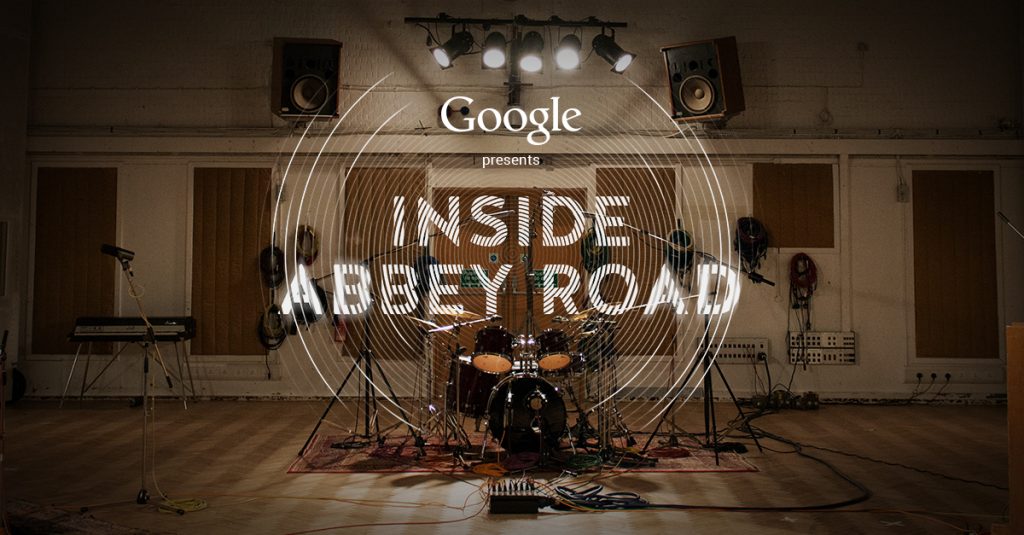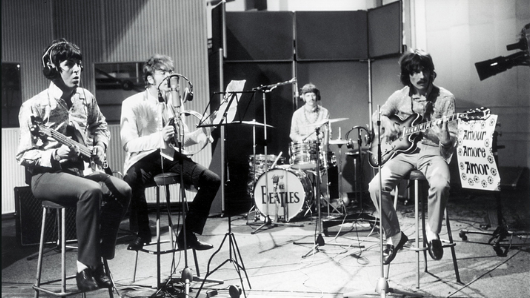By 1956, jazz was entering its hard bop phase, far from its New Orleans birthplace. At the same time, it was fracturing into several international genres, with the influence of Latin rhythms and the south sea breezes of lounge.
Rock and Roll was just about to displace this music as a public menace du jour (or a passing fad as some thought). This fascinating Columbia release from 1956 finds the composer and conductor Leonard Bernstein setting down his thoughts on the art form of jazz. A spoken word record with samples from ragtime to Miles Davis, Bernstein’s defense-as-lecture is a window on the culture wars at the time.
He’s here to defend jazz against its critics, and argues against their opinions: jazz has low-class origins, it’s loud, and it’s not art — the same critiques to be leveled decades later against hip hop.
In 1956, Bernstein was already known to the general public as an educator on classical music. He gave lectures on CBS’ Omnibus TV program on the great symphonies, while he had already dabbled in the instrumentation and textures of jazz in his score to On the Waterfront, and was busy working on West Side Story. So he was in a perfect position to introduce a conservative mind to jazz. “I love it because it’s an original kind of emotional expression, in that it is never wholly sad or wholly happy,” he says.
Appearing on the album is Buck Clayton, Louis Armstrong, Buster Bailey, Bessie Smith, Teo Macero, and Miles Davis. Davis, who had just been signed by Columbia’s George Avakian, plays “Sweet Sue,” making this track his first recording for the label. Bernstein illustrates jazz music theory, “blue notes,” dissonance, rhythm and explores the African origins of the music for 42 fascinating minutes. Did this LP turn a lot of classical musos on to jazz? Did this influence the children whose parents had this in their collection? Was it all forgotten several years later with Beatlemania? Whatever the answer, it’s an intriguing remnant of a transitional time.
Related content:
Leonard Bernstein’s First “Young People’s Concert” at Carnegie Hall Asks, “What Does Music Mean?”
Leonard Bernstein Demystifies the Rock Revolution for Curious (if Square) Grown-Ups in 1967
Ted Mills is a freelance writer on the arts who currently hosts the FunkZone Podcast. You can also follow him on Twitter at @tedmills, read his other arts writing at tedmills.com and/or watch his films here.
